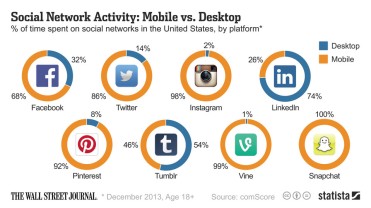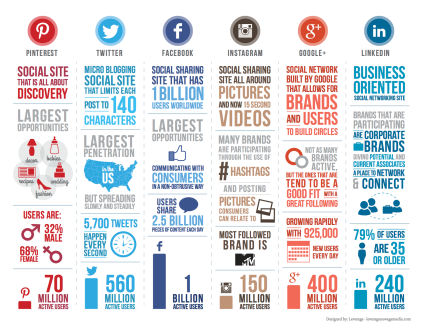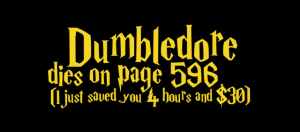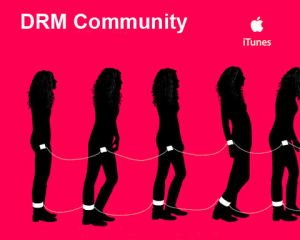When it comes to social networking profiles our tastes matter. They are able to display our social class, our education level, where we grew up, personality, what we have or don’t, and also a “degree of fashionableness” (Liu 255). As beings we have come to understand this and therefore it is common to do things that we feel we show us in a certain light. When I think of social networks it seems that for those who are connected probably have a minimum amount of money. Each person is either able to get access to the internet in some way, or has it in their own living space. Right off the bat, if one cannot afford a house, they will most likely not stay in the same place for a long time and therefore not have a chance to create the same kind of tight bonds that would normally take place. Just to clarify I do not think that “friends” on social media necessarily mean that they understand you, have met you, or even want to meet you.

These social networking profiles come with a kind of time commitment—you must keep up with it because there are people out there who want to know what you are doing, and want to keep in contact with you. It has become such a big part of how we communicate now, and especially with the rise of tablets, laptops and mobile devices we are able to check our phones every waking moment. Facebook messages are now comparable to a text message. With access to a smartphone you can set all your Facebook messages to pop up on the screen just as a text message would. Social networks have become instant means of updating, contacting and also advertising.
When a 14-year-old boy or girl creates a Facebook profile for the first time, how much of it do you think is actually true? I don’t mean birthdays or where they were born, but what they like and don’t like, and how they display themselves. As Liu describes, our tastes become the main defining factor of who we are, and so we pay very close attention to this. When you are still young and trying to figure out who you are, not only online, but also in “real life,” it is more likely that you will change what you like or don’t like, in order to improve your status on social networks and also your status in real life. I am sure that everyone tweaks their personality in someway shape or form, but no matter what I think there will always be a disconnect between who we truly are in person and how we are on social media. This may be because we are all trying to transfer who we are into some digital form, which is not completely natural or straightforward, but as time goes on and as social networking becomes so ingrained in our everyday lives, we learn how (?) to represent ourselves online (or at least how we wish to be represented).
I have not been on Facebook since it was first founded, (Feb. 2004) but one big change that I see is that it used to be more common to meet people in person and then look for them on Facebook so that you could keep in touch. People often established who they were in person before becoming Facebook friends, but now so many people are meeting online, so they have to make a “good” impression through their profile. When you meet someone in person you are able to see whether or not you get along and whether you interested in being friends. It has started to become strange to know everyone on your Facebook. We add people all the time that we don’t even know. Our ideas about people are strictly based off how we imagine them according to what they do on social media.
Click HERE to read about why Twitter’s layout change effects how we use it!






